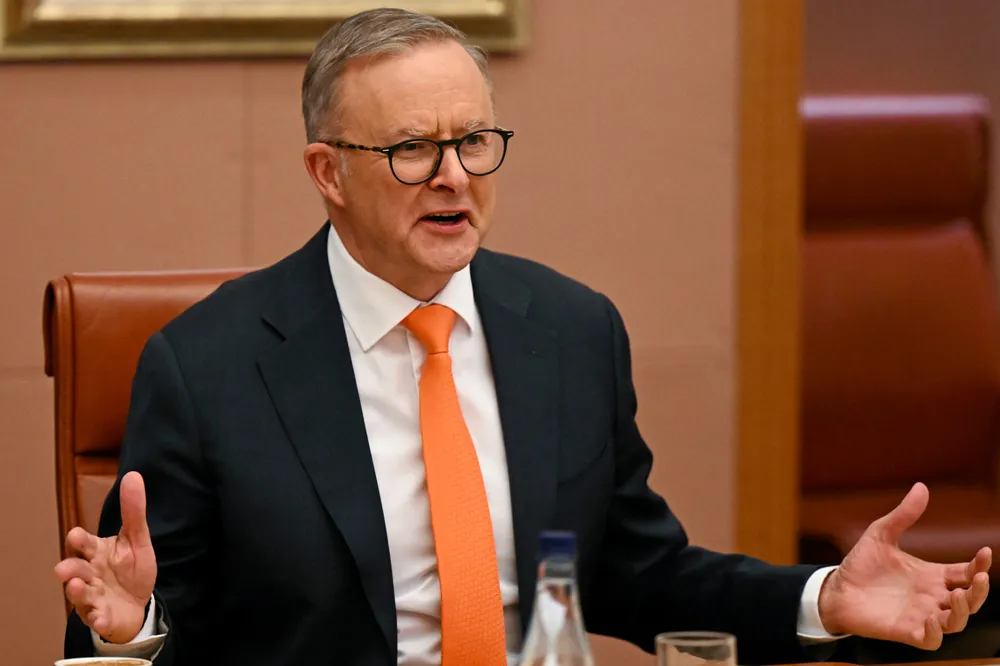Australian government lays out $49m cash for Queensland green hydrogen 'hub'
Sixth federally backed regional H2 complex in Townsville aims to co-locate production and demand — but will only fund a maximum of two projects

Sixth federally backed regional H2 complex in Townsville aims to co-locate production and demand — but will only fund a maximum of two projects
